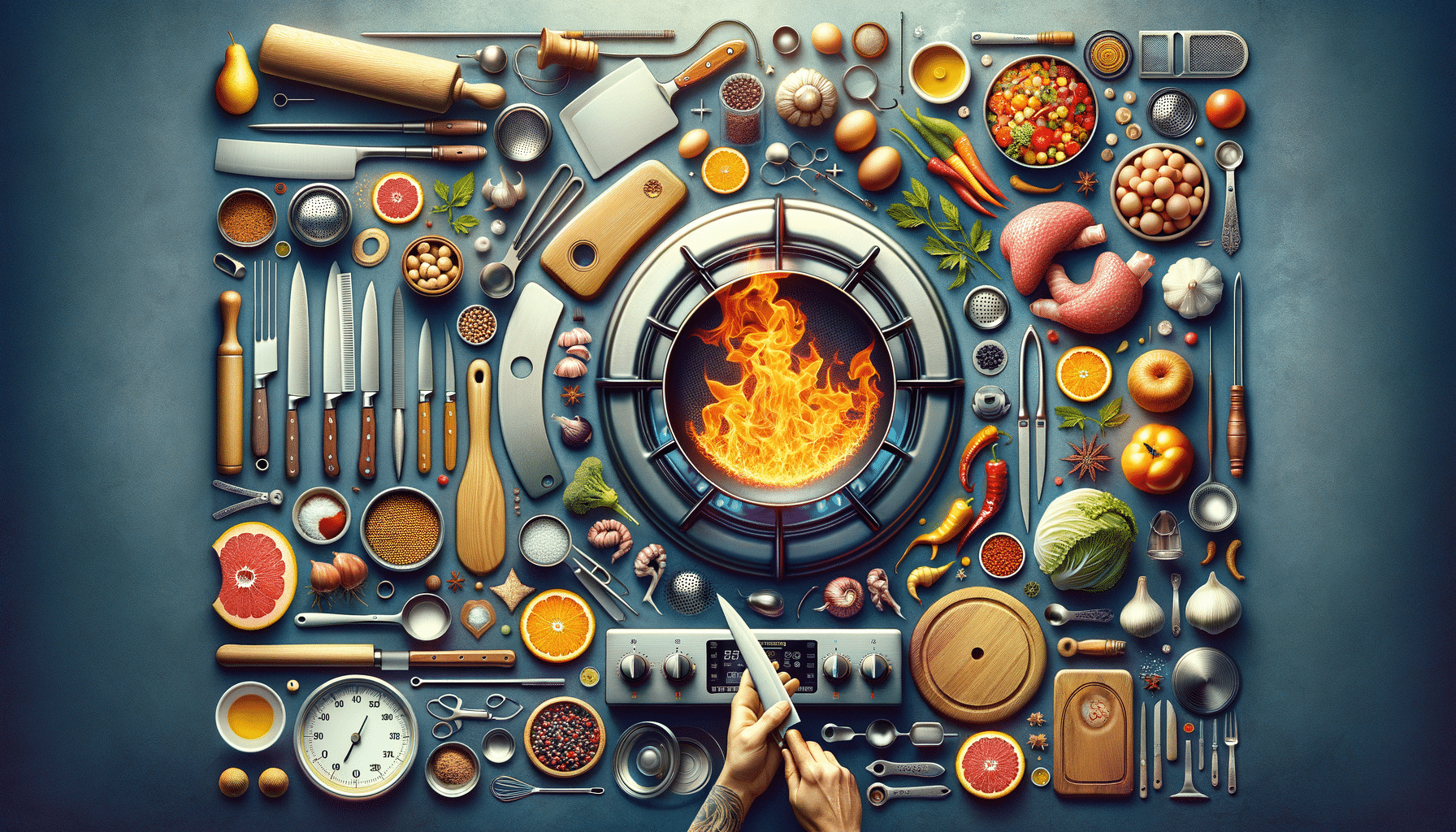
5 Kitchen Tips I Learned at Culinary School
Introduction to Culinary Insights
Cooking is an art that blends creativity with precision. While many home cooks rely on intuition, professional chefs often adhere to techniques honed in culinary schools. These methods not only enhance the quality of the dish but also improve efficiency and safety in the kitchen. In this article, we explore five invaluable tips learned from culinary school that can transform your cooking experience. Whether you’re a novice cook or a seasoned home chef, these insights are designed to elevate your culinary skills.
Mise en Place: The Foundation of Efficient Cooking
The French term „mise en place“ means „everything in its place,“ and it is a fundamental concept taught in culinary schools. This practice involves preparing and organizing all ingredients before starting the cooking process. By measuring, chopping, and arranging ingredients ahead of time, you can streamline your workflow and reduce stress. This method not only enhances efficiency but also minimizes the risk of missing an ingredient or making mistakes.
Implementing mise en place at home can be as simple as laying out spices, pre-chopping vegetables, and measuring liquids before you start cooking. This approach allows you to focus on the cooking process itself, leading to more consistent and delicious results. Chefs swear by this practice, and once adopted, it can become a game-changer in your kitchen routine.
The Art of Knife Skills
Knife skills are paramount in any kitchen, and mastering them can significantly enhance your cooking efficiency and presentation. Culinary schools emphasize the importance of proper grip, cutting techniques, and knife maintenance. A well-sharpened knife not only makes cutting easier but also safer, as it reduces the likelihood of slipping.
Practicing basic cuts like julienne, dice, and chiffonade can improve your precision and speed. Moreover, understanding the appropriate knife for each task, whether it’s a chef’s knife for chopping or a paring knife for peeling, can optimize your performance. Investing time in honing your knife skills will pay dividends in both the aesthetics and efficiency of your cooking.
Temperature Control: The Key to Perfect Cooking
Understanding and controlling temperature is crucial for achieving the desired texture and flavor in dishes. Culinary schools teach the significance of cooking at the right heat level, whether it’s searing meat, simmering sauces, or baking pastries. The ability to gauge and adjust temperature can prevent common issues like burning or undercooking.
Using tools like a thermometer can aid in monitoring temperatures accurately. Additionally, learning to recognize visual cues, such as the appearance of bubbles in simmering liquids or the color of a seared crust, can enhance your intuition in the kitchen. Mastery of temperature control is a hallmark of skilled chefs and can elevate your home cooking to new heights.
Balancing Flavors: The Chef’s Palette
Flavor balance is an art form that involves harmonizing the five basic tastes: sweet, salty, sour, bitter, and umami. Culinary training emphasizes the importance of tasting and adjusting flavors throughout the cooking process. This skill allows chefs to create complex and satisfying dishes that delight the palate.
At home, you can enhance your dishes by experimenting with different flavor combinations and adjustments. For instance, adding a splash of acid like lemon juice or vinegar can brighten a dish, while a pinch of salt can enhance its depth. Understanding how to balance flavors will enable you to customize recipes to your liking and impress your guests with sophisticated dishes.
Conclusion: Elevating Home Cooking with Professional Techniques
Incorporating these culinary school tips into your home cooking routine can transform your kitchen experience. From organizing your workspace with mise en place to mastering knife skills and flavor balancing, these techniques provide a foundation for efficiency and creativity. By embracing these professional insights, you can enhance both the quality and enjoyment of your cooking endeavors. So, the next time you step into the kitchen, remember these tips and watch your culinary creations flourish.